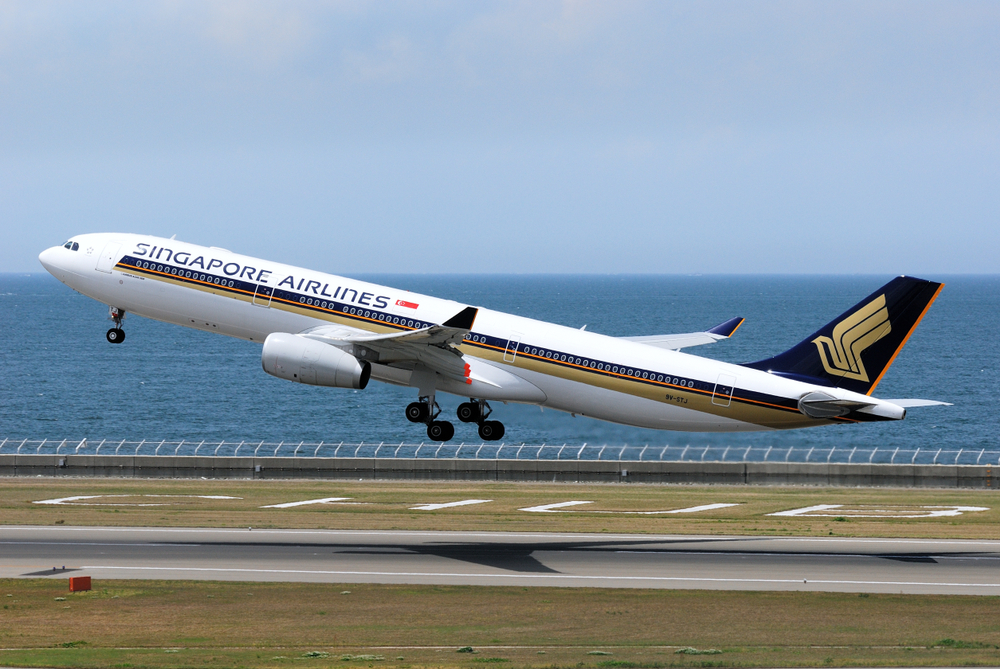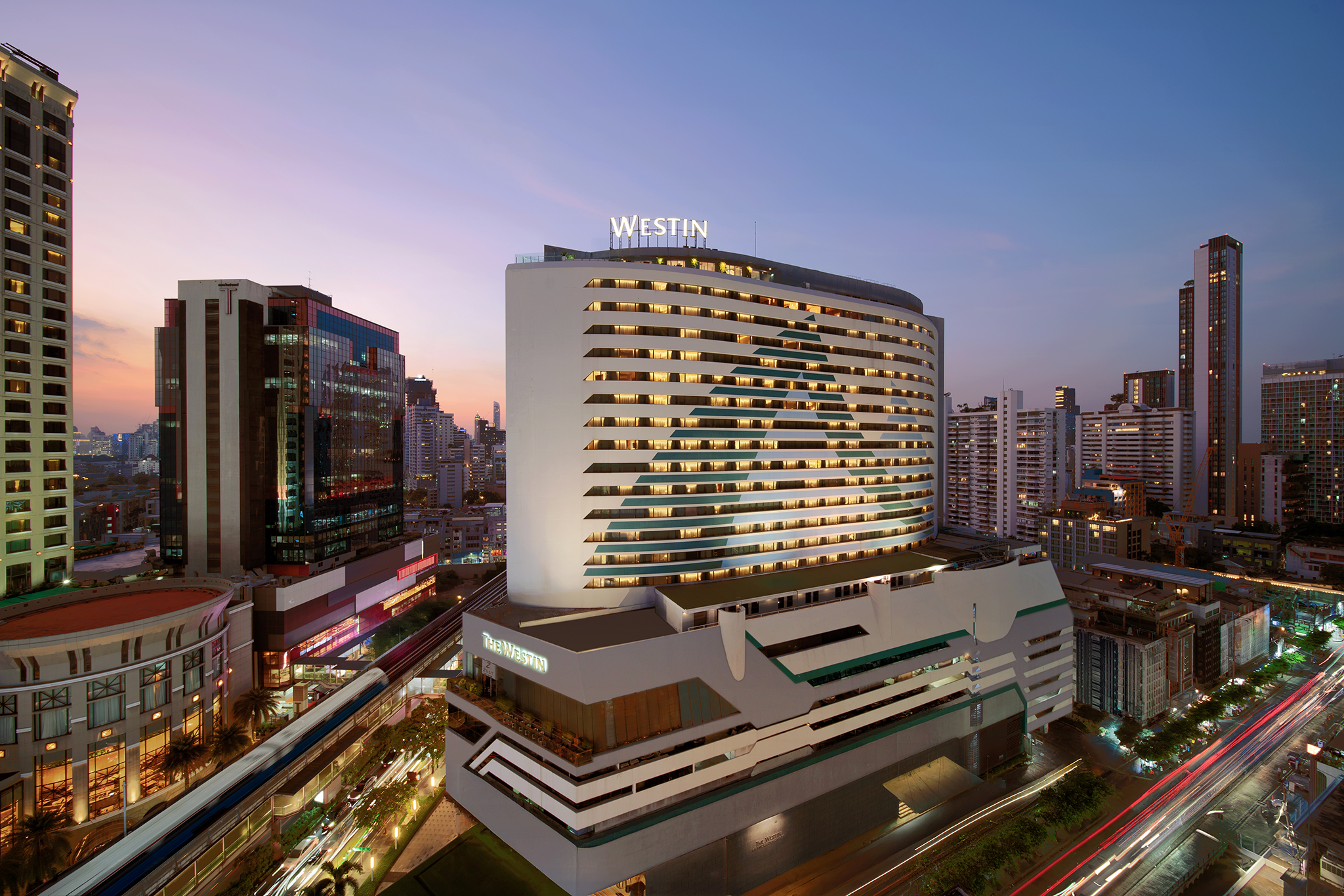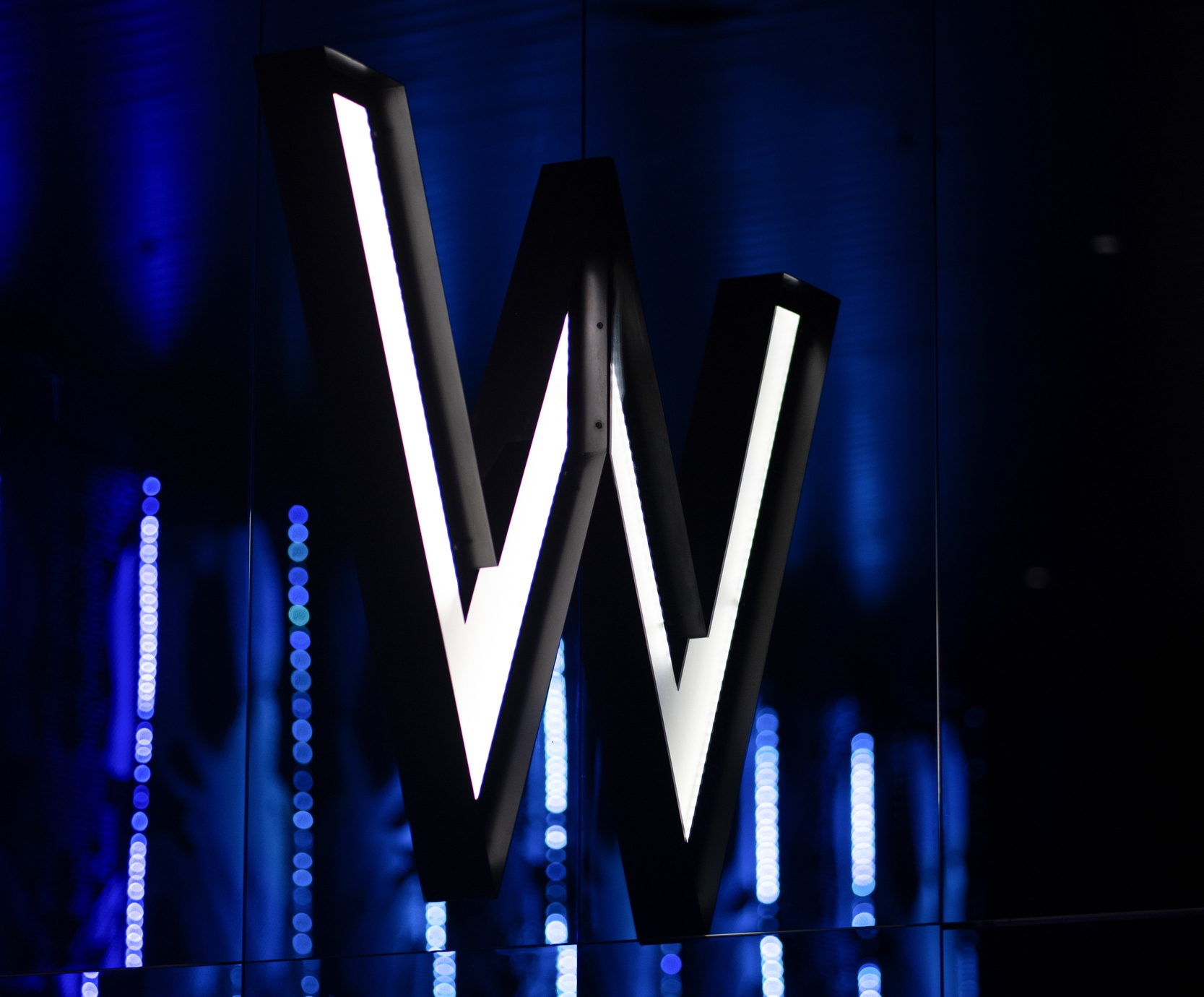Singapore Airlines has, with aid from the state investor, been in a position of dominance over its South-East Asian competitors as they decrease and restructure, with US$16 billion (S$ 21.6 billion) from the start of a Covid 19 pandemic.
The crisis has threatened the survival of non-domestic carriers like SIA, Cathay Pacific Airways in Hong Kong, and Emirates in Dubai. Indeed, the government “would spare no effort” to ensure that the SIA copes through the pandemic, said Prime Minister Lee Hsien Loong last year.
Temasek Holdings has been one of the world’s leading airline rescue packages by its majority shareholder, government-owned investment force. Singapore Airlines, therefore, has sufficient funds to continue to operate without cuts for at least two more years, modernise its fleet to save energy, reduce maintenance costs and achieve environmental objectives while other airlines shut out aircraft.
The cash pole of Singapore Airlines is the envy of competitors like Thai Airways and Garuda Indonesia, who received little support from the government. Many competitors of Singapore Airlines cut fleets to a level that could eventually weaken their hubs and send more traffic to Singapore.
“Basically, what these airlines are trying to do is they are trying to ward off their debtors,” said Subhas Menon, director-general of the Association of Asia Pacific Airlines.
In the meantime, Singapore Airlines is enhancing its fleet and strengthening the Scoot budget. Leisure travel has brought recovery in Europe and North America; budget carriers are crucial for airlines if they do so in Asia.
Singapore Airlines is less immediately under pressure for further downsizing after having abated old aircraft and cut 20% of its staff last year. In May, CEO Goh Choon Phong described the job cuts last year as a “very painful process” and said that there was no more intention.
But analysts say 12-18 months could be needed in Asia to resume widespread travel.
“They can survive for two or three years without making any money,” CAPA Centre for Aviation chairman Emeritus Peter Harbison said. “But at a certain stage, you say, ‘is it worth it? Shouldn’t you take tough steps?'”
Less than 9 per 100 of the rights sold in the recent issue of SIA A$8.3 billion convertible bonds have been sold to shareholders other than Temasek.
Over a period of three years after agreements with the manufacturers Airbus and Boeing, Singapore Airlines deferred A$5.4 billion for new aircraft.
However, due to large pre-crisis orders, it still spends A$ 4.9 billion on new aircraft and this year, despite low demand, adds a minimum of 19 aircraft in its fleet, including 13 widebodies.
By contrast, Germany’s larger Lufthansa, which earned nearly four times as much revenue annually pre-Covid, has a capital spending budget of about 1.5 billion euros (A$2.37 billion) for 2021.
Singapore Airlines financial cushioning makes it harder to push back on contracts with manufacturers and lessors. Temasek supports fleet modernisation.
With travel in a holding pattern and rivals distracted by financial issues, Scoot has been using some of Singapore Airlines cash to boost staff training and invest in new software that helps it calculate more profitable fares for connecting flights.
“There has been a lot of investment, which is certainly geared toward a future recovery,” Scoot CEO Campbell Wilson said. “Those investments I hope will pay off as time passes.”
Thai Airways lost significant market share to budget rivals in the decade before the pandemic, contributing to years of losses, and has yet to formulate a fresh low-cost strategy as part of a restructuring involving US$12.9 billion of debt.
Garuda, Malaysia Airlines and Philippine Airlines are in similar positions, either having completed or about to launch major restructurings. They lost money for years before the pandemic.
“Presumably in shedding their liabilities they will create some unhappy people who were owed money that was never paid,” Mr Wilson said. “The extent to which that subsequently constrains them, time will tell.”








